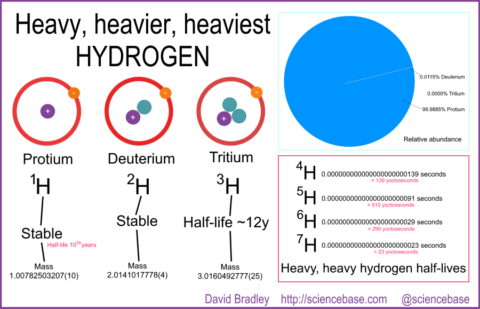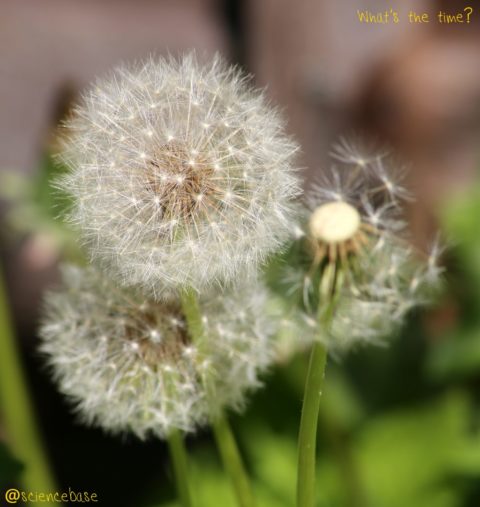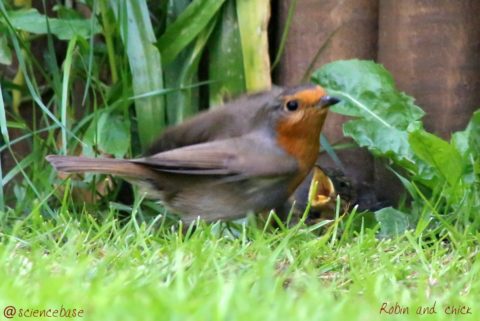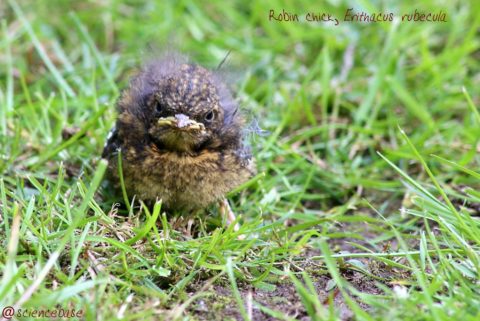I keep a close eye on various areas of analytical science including X-ray techniques, atomic spectrometry, cheminformatics, and various forms of spectroscopy – infrared, ultraviolet, Raman, and nuclear magnetic resonance. This area of science is well known for its abbreviations and acronyms, its FTIRs, its SERS, its XRDs (Fourier transform infrared, surface enhanced Raman spectroscopy, X-ray diffraction).
There is a plethora of techniques used by NMR spectroscopists: INEPT (Insensitive Nuclei Enhanced by Polarization Transfer), CRAMPS (Combined Rotation And Multiple Pulse Spectroscopy), HORROR (HOmonucleaR ROtary Resonance), NOESY (Nuclear Overhauser Effect SpectroscopY), COSY (COrrelation SpectroscopY), SLITDRESS (Slice Interleaved Depth Resolved Surface Coil Spectroscopy).
If you ask me it is rather stretching it to create an acronym using letters from within a word and not just the initial letters. My band, C5, for instance is perfectly legitimate in that we were (sort of), the Cottenham Community Centre Coffeeshop Collective, even if coffee shop isn’t really a single word. But, that HORROR example is truly horrific, with the HO from the beginning and the R from the end of the word homonuclear and the RO from rotary and the final R from resonance. HRR should be its real abbreviation, but obviously that’s harder to pronounce.
In some areas of science and research in general, there seems to be an urge among some sectors of the community to create their own abbreviations without worrying that the literature and textbooks might already be using said acronym. For instance, it’s somewhat confusing, when as a science journalist one is used to hearing about atmospheric proclamations from the IPCC, the Intergovernmental Panel on Climate Change, to learn that a police constable in Crewe has been handed his marching orders because of an IPCC mandate. Of course, the law enforcers in England know the Independent Police Complaints Commission only too well. The list goes on.
Remember the tussle between the World Wide Fund for Nature (WWF) and the former World Wrestling Foundation, now known as World Wrestling Entertainment Inc back in millennium bug, Y2K, year, 2000. If the conservatory conservationists were inaugurated today they’d be the WWF4N, no doubt. But the wrestlers never were anything to do with the “world”, they were purely US based, just like the World Series (that’s about a newspaper name though, innit?).
Anyway, back to those misguided researchers and their errant and abhorrent acronyms and specifically NMR. The phenomenon of nuclear magnetic resonance was first detected in a beam of molecules by Isidor Rabi in 1938 when he extended the Stern-Gerlach experiment, which demonstrated the inherent quantum properties of atomic-scale systems. Rabi won the 1944 Nobel Prize in Physics for his work. By 1946, Felix Bloch and Edward Mills Purcell had extended the technique to liquids and solids and they shared the 1952 Nobel Prize in Physics for their efforts.
It was Russell H. Varian who patented a “Method and means for correlating nuclear properties of atoms and magnetic fields” (US Patent 2,561,490, 24th July 1951) and his company developed the first NMR spectrometer in 1952. It wasn’t until the 1970s that the NMR phenomenon was exploited in magnetic resonance imaging (MRI), the now familiar medical body scanning technique. Of course, the word “nuclear” is anathema to the worried well and so was essentially dropped in the medical world so that it never was NMRI, always just MRI. However, as techniques developed and biomedical research also began to see the benefits of investigating biology at the molecular level through this technique they quickly started talking about magnetic resonance spectroscopy, MRS, or MR spectroscopy.
If you think this may have skewed the keyword searching of scientific databases a little, you would be right. But, not quite so much as my recent search for the latest developments in NMR spectroscopy itself, when I got a hit on scientific research into cigarette smoking that apparently used NMR and so would be perfect for my NMR column on the web. I quickly scanned the paper, and yes it looked fine, plenty of references to NMR and a hot topic, tobacco and alcohol abuse. I began to dig in to the research, but quickly realized that the NMR to which the team was referring was not any kind of spectroscopy at all, but simply nicotine metabolite ratio.
Imagine my disappointment. I contacted the researchers, ever hopeful, just in case there was a spectroscopic connection. There was none. This was purely a clinical study, although they did use one analytical tool an alcohol breathalyser to check that the volunteers in the study were abstemious.
A quick web search revealed far more spectroscopy references for the abbreviation, NMR, and very, very few for the nicotinic ratio. A scan of PubMed revealed a few papers mentioning the latter. However, one thing I noticed is that those papers also seemed to have invented some other low-grade abbreviations that are mentioned nowhere else…but overlap with more familiar abbreviations in other fields. Abbreviations should be defined on first mention in a paper or article, regardless. That’s basic stuff.
Anyway, it’s time for a moratorium on anachronistic acronyms. Before a paper ever passes must with referees, any abbreviations should be automatically checked against the Yearly Enervated Great Acronym Databases (YEGADS) and edited out if they overlap with any common terms. Of course, given the 1980s personal transporter invented by Sir Clive Sinclair, the C5, I might, under that regime, have to find a new name for my band…as would Peugeot with their C5 cars!!!
This item originally appeared in the online section of the journal Materials Today in May 2016.






